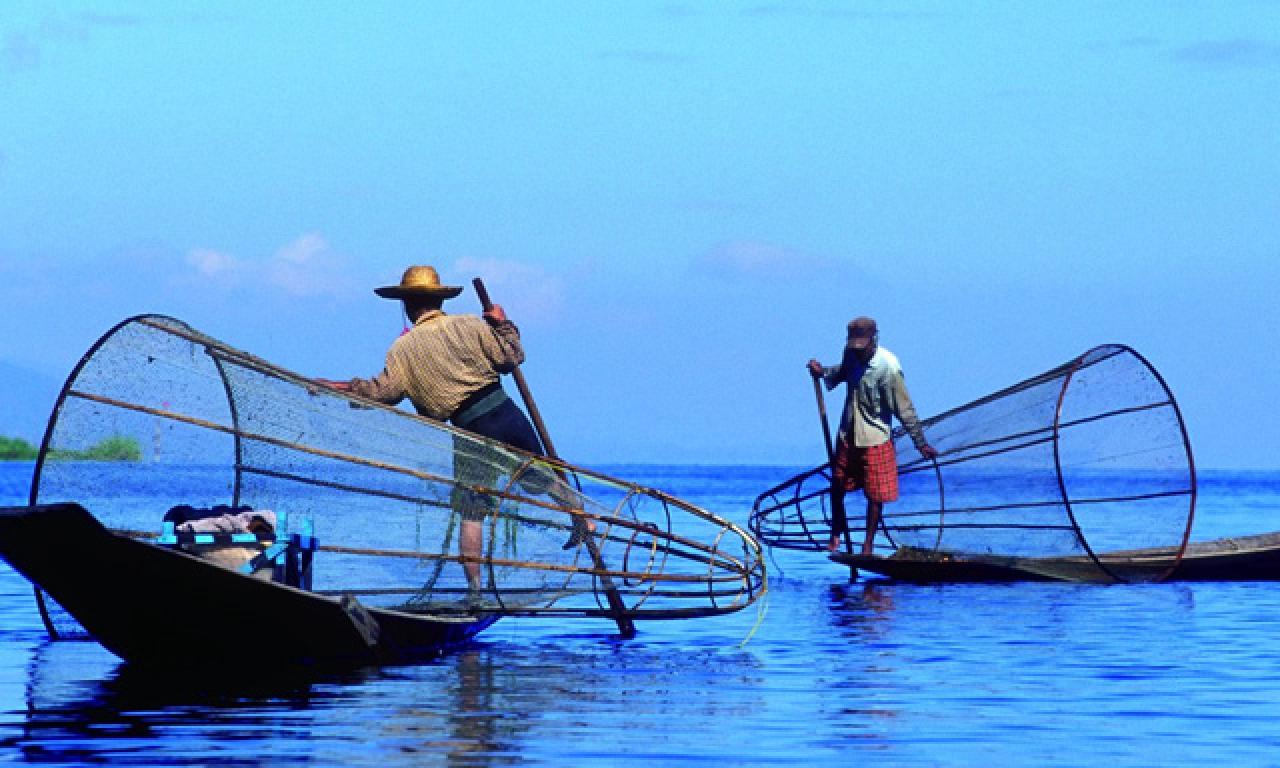
Fisheries managers and policy makers have traditionally focused on measuring the health of fish stocks and managing for their sustainability. While understanding how healthy fish stocks is important, a recent paper by Jim Anderson and colleagues offer a new suite of measurements that also consider the social and economic benefits that fisheries deliver. Including these dimensions in assessments of fishery performance will be key to making the most of our fisheries.
“I have been struck again and again by how important measurement is to the human condition”
Bill Gates.
Recommended publications
- Fish for the future: Fisheries development and food security for Kiribati in an era of global climate change
- Assessment, management and future directions for coastal fisheries in Asian countries
Fisheries managers and policy makers have traditionally focused on measuring the health of fish stocks and managing for their sustainability. While understanding how healthy fish stocks is important, a recent paper by Jim Anderson and colleagues offer a new suite of measurements that also consider the social and economic benefits that fisheries deliver. Including these dimensions in assessments of fishery performance will be key to making the most of our fisheries.
The triple-bottom line
Implementing a triple-bottom line approach to fisheries management demands that ecological, economic and social performance is measured. In their recent paper, Anderson and colleagues propose a new set of fishery performance indicators (FPIs) that measure the triple-bottom line. Through a comprehensive consultation and piloting process, Anderson et al have given us a robust way to rapidly measure the fishery-derived benefits being created not only in fish stocks in the water, but also in the harvest and post- harvest sectors and in fishing communities.
The paper describes 68 metrics of fishery performance broken into ecological, economic and community categories. The ecological indicators measure the health of fish stocks, the economic indicators measure whether the fishery is effectively generating market benefits, and the community indicators capture the extent to which the fishery contributes to community livelihoods and other benefits.
An enabling environment
In addition to developing a set of measures that represent benefits or outputs from a fishery, the authors also identified 54 metrics that capture aspects of the enabling environment – the conditions that are believed to contribute to achieving the desired outputs. This is a welcome addition because, although many approaches have been shown to be effective in some settings, such as marine protected areas or catch limits, the context in which each works and its relative effectiveness remains unclear. These new metrics allow for much more systematic comparison between enabling conditions and resulting outcomes across a range of fisheries. Using it should help identify where the highest impact interventions might lie and under what circumstances.
Counter-intuitive results
Anderson and colleagues looked at the performance and enabling conditions for 61 fisheries across the developed and developing world. The results challenge some unstated assumptions underlying current policies.
First, ecological indicators are often a poor proxy for economic or social performance. For example, a healthy stock can deliver poor economic outcomes when there are few incentives to manage costs or generate market returns. The authors cite MSC-certified Alaskan salmon and Oregon Dungeness crab fisheries as “striking examples” of this situation where excess harvest capacity and short seasons lead to excess supply and low prices.
In contrast, and perhaps less obviously, an over-fished stock can deliver significant social and economic benefits. This is especially likely in developing countries where even relatively low returns from fishing can improve the incomes of fishers compared to their non-fishing peers, and contribute meaningfully to the local economy. The authors cite the Kenyan octopus and Seychellois sea cucumber fisheries as examples in this category; both have depleted resources, but contribute significantly to their communities.
One size does not fit all
For depleted fisheries in developing countries, even ones that are still delivering benefits, one might imagine that the obvious immediate path to improvement for fishers, communities and fish stocks would be to put in more forceful measures to reduce over-fishing. Often this will be true, but not always.
There are many contexts in which the social and economic benefits of allowing large numbers of fishers to generate marginal returns from a stock will make sense. In these cases, one should think of the primary purpose of the fishery as providing a social and food security safety net for large numbers of poor people. With no government supported social welfare programs, this contribution can be vital and the measures needed to reduce fishing and rebuild stocks in these circumstances could leave many people disadvantaged.
What these examples tell us is that the key to deciding how to best manage fisheries is to ensure we understand the benefits they are delivering and the ecological, social and economic context in which they are operating. Only then can we make sensible decisions that will support changes appropriate for prevailing conditions. Jim Anderson and his colleagues have provided us with a valuable tool for making this task easier.